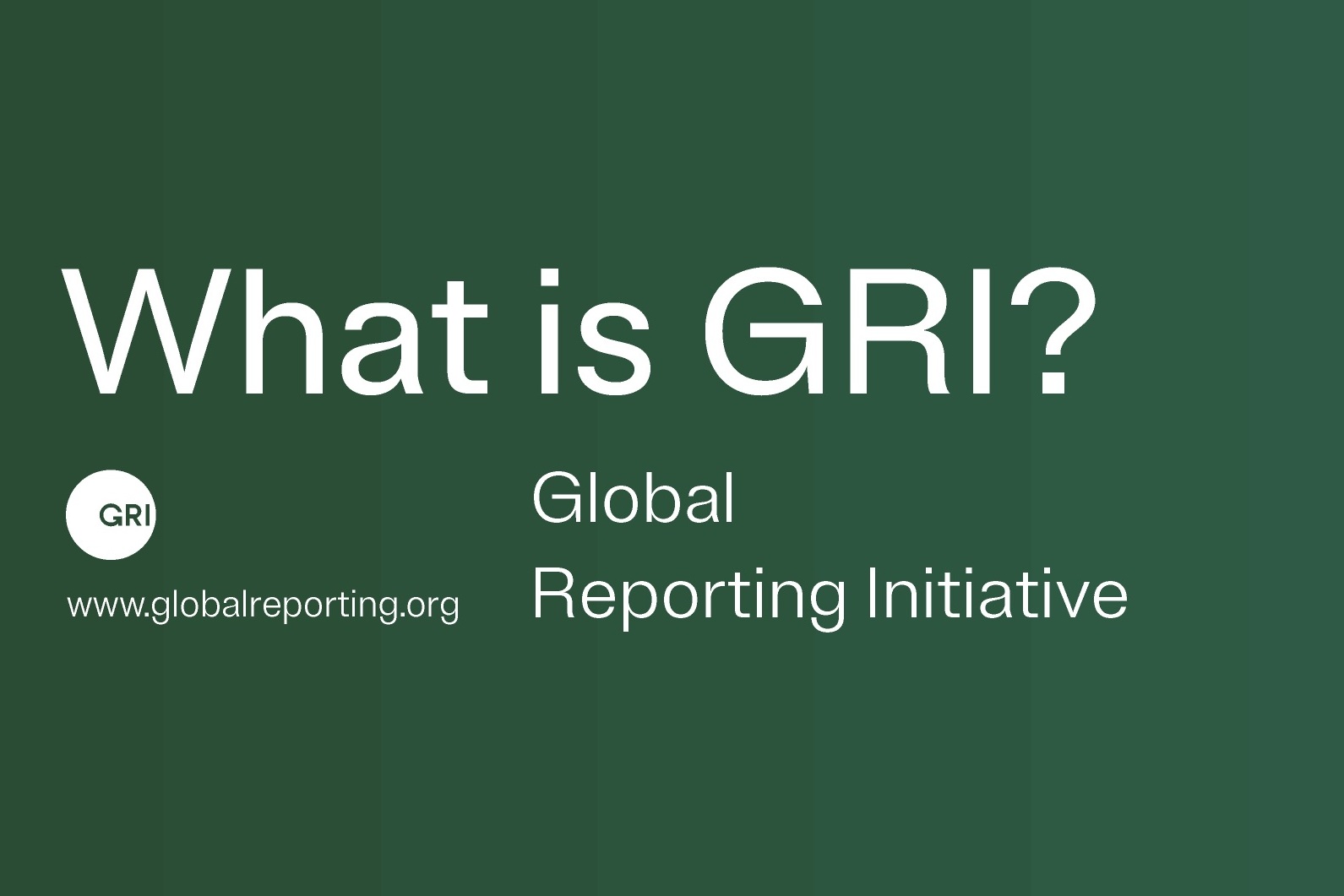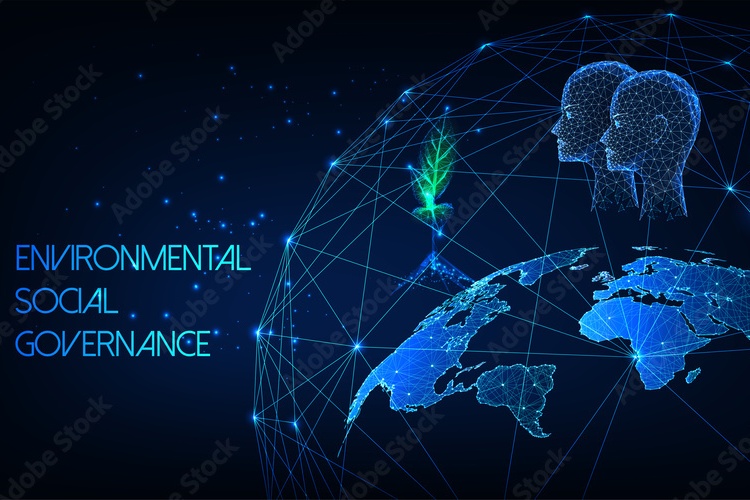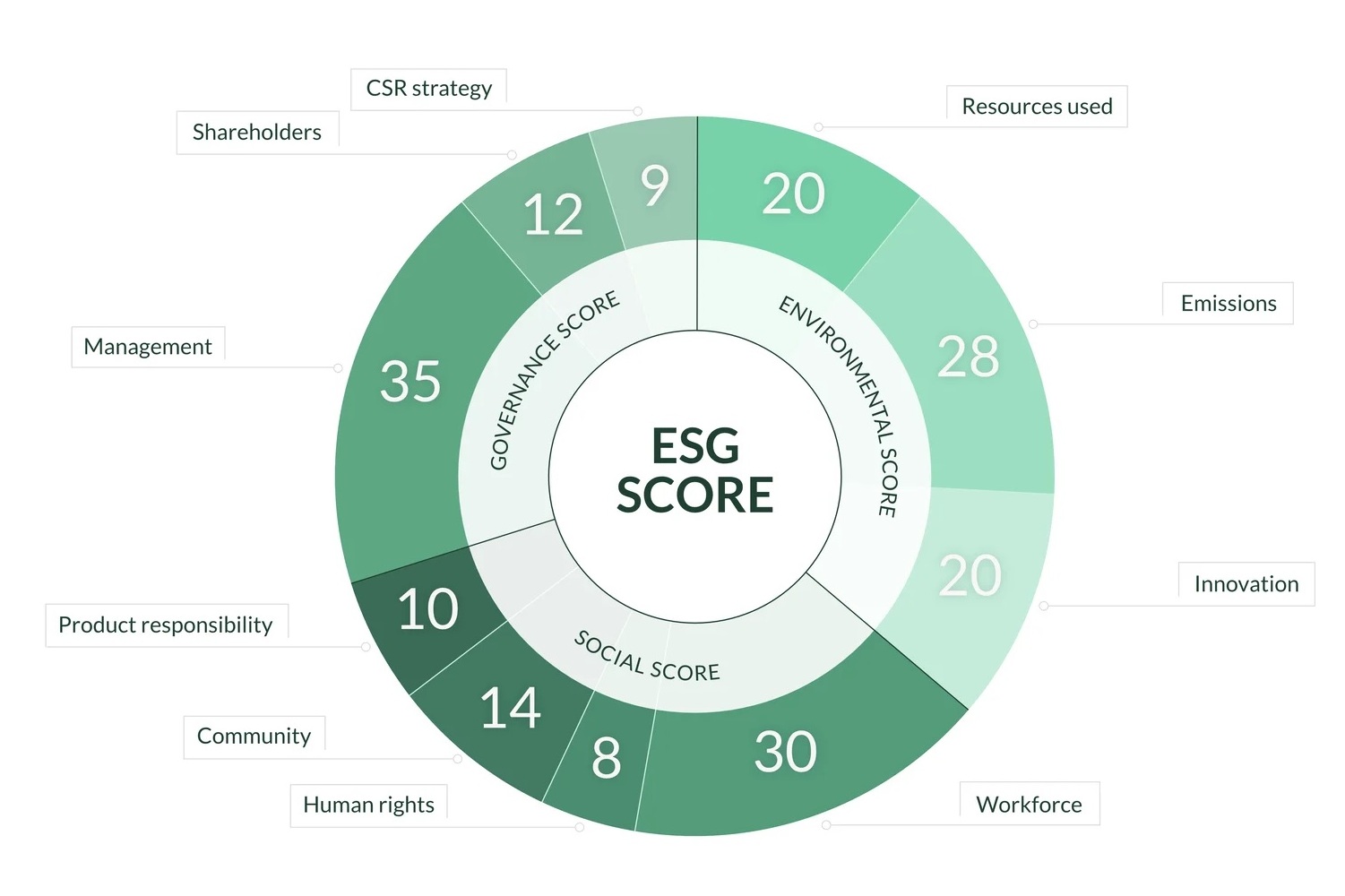Founded in 1997 by the Coalition for Environmentally Responsible Economies (CERES) and the United Nations Environment Programme (UNEP), the Global Reporting Initiative or GRI is a global standard for sustainability reporting. The first version of the GRI guidelines was published in 2000. Since then, the framework has evolved over several years to adapt to newer challenges in sustainability.Today, GRI is a widely recognised framework used by organisations across the world for sustainability reporting. To put things into perspective, the standard is used by over 10000 organisations across 100 countries.
Not just that, many other ESG reporting frameworks including the Business Responsibility and Sustainability (BRSR) format adopted by SEBI India have been heavily influenced by GRI standards.
Comparability across organisations and industriesis one of the major advantages of GRI anda reason why many firms both in India and abroad even voluntarily file their sustainability reports using GRI standards.
Let’s understand the GRI standards in detail and how different sectors use the standards.
What is the Purpose of GRI?
The main focus areas of the GRI framework are transparency and accountability. Here’s a look at some of the reasons GRI is the most adopted framework worldwide.
- Focus on Transparency: GRI provides organisations with a clear and standardised method to discloseinformation about their sustainability practices. This helps both the organisation and its stakeholders. Transparency is critical for stakeholders to understand an organisation’s ESG performance and a clear reporting style helps stakeholders make informed decisions regarding the organisation.
- Comparable Across Organisations: One of the main advantages of the GRI standards is the fact that it enables stakeholders to compare sustainability performance across different organisations. The framework requires reporting to be consistent, thus making it easy for stakeholders to assess and compare ESG performance across different companies with investment potential.
- Supporting Strategic Decision-Making: Sustainability reporting provides valuable insights that can inform strategic decision-making. GRI standards help organisations identify and assess risks and opportunities related to their ESG performance. By integrating these insights into strategic planning, companies can make more informed decisions that align with their long-term sustainability goals.
Structure of GRI Standards: Explained
GRI standards are divided into three main series: Universal Standards, Topic-Specific Standards, and Sector Standards.They are explained in detail below:
Universal Standards: GRI 101, GRI 102, GRI 103
The Universal Standards form the foundation of the Global Reporting Initiative (GRI) framework. They provide general guidelines applicable to all organisations, regardless of their size, industry, or location. The Universal Standards include three main components: GRI 101, GRI 102, and GRI 103:
GRI 101 (Foundation): GRI 101 outlines the basic principles and requirements for using GRI standards. The key points of GRI 101 include:
- Reporting Principles: These principles ensure that the reports are accurate, balanced, clear, comparable, and reliable.
- Using GRI Standards: This section explains how organisations should use the GRI standards in their reporting process. It includes guidance on selecting relevant topic-specific standards and integrating them with the Universal Standards.
GRI 102 (General Disclosures): GRI 102 provides general disclosures that give an overview of the organisation and its sustainability context. These disclosures cover a wide range of information that helps stakeholders understand the organisation’s structure, operations, and approach to sustainability. The key areas covered by GRI 102 include:
- Profile of the Organisation: This includes basic information about the organisation, such as its name, location, nature of ownership, scale of operations, and products or services offered.
- Ethics: This section includes disclosures about the organisation’s values, principles, standards, and norms of behaviour, such as codes of conduct and ethical policies.
- Governance: Information about the organisation’s governance structure, including the roles and responsibilities of the highest governance body, committees, and senior executives.
- Engagement with Stakeholders: Disclosures about the organisation’s stakeholders.
- Reporting: This includes information on the reporting period, the date of the most recent report, the reporting cycle, and contact information for questions regarding the report.
GRI 103 (Management Approach): GRI 103 requires organisations to disclose their management approach for each material topic.
- Explanation of the Material Topic and its Boundary:Organisations must describe why each material topic is significant and where the impacts occur, both within and outside the organisation.
- Management Approach Disclosures:Organisations must explain how they manage each material topic: policies, commitments, targets,responsibilities, resources, and grievance mechanisms.
Topic-Specific Standards: Economic, Environmental, and Social
The Topic-Specific Standards within the GRI framework provide detailed guidelines on reporting various aspects of sustainability. These standards are organised into three main categories: economic, environmental, and social. Each category contains specific standards addressing different sustainability issues that organisations need to disclose. The purpose of these standards is to ensure that organisations provide comprehensive and detailed information about their impacts in these key areas.
Economic Standards: The Economic Standards focus on the financial aspects of sustainability, covering a range of topics from economic performance to anti-corruption practices.
|
GRI Standard No.
|
Standard Name
|
Standard Disclosures on
|
|
GRI 201
|
Economic Performance
|
- Economic value generated and distributed.
- Financial implications of climate change
|
|
GRI 202
|
Market Presence
|
- Market presence
- Senior management hiring
- Comparison of Wages
|
|
GRI 203
|
Indirect Economic Impacts
|
- Significant indirect economic impacts
- Infrastructure investments.
|
|
GRI 204
|
Procurement Practices
|
- Procurement practices and local supplier spending.
|
|
GRI 205
|
Anti-corruption
|
- Anti-corruption policies, procedures, and incidents.
|
|
GRI 206
|
Anti-competitive Behavior
|
- Legal actions for anti-competitive behaviour and outcomes.
|
Environmental Standards: The Environmental Standards address the organisation’s impact on the natural environment. These standards cover a wide range of topics, including resource use, emissions, and biodiversity.
|
GRI Standard No.
|
Standard Name
|
Standard Disclosures on
|
|
GRI 301
|
Materials
|
- Materials used and impacts of recycled materials.
|
|
GRI 302
|
Energy
|
- Energy consumption and reductions
|
|
GRI 303
|
Water and Effluents
|
- Water withdrawal, discharge, consumption, and management impacts
|
|
GRI 304
|
Biodiversity
|
- Biodiversity impacts, protected habitats, and conservation efforts
|
|
GRI 305
|
Emissions
|
- GHG emissions, ODS emissions, and other significant air emissions.
|
|
GRI 306
|
Waste
|
- Waste generation, diversion, disposal, and environmental impacts
|
|
GRI 307
|
Environmental Compliance
|
- Non-compliance with environmental laws and regulations.
|
|
GRI 308
|
Supplier Environmental Assessment
|
- Environmental criteria for suppliers and assessments.
|
Social Standards: The Social Standards focus on the organisation’s impact on society, including labour practices, human rights, and community impacts.
|
GRI Standard No.
|
Standard Name
|
Standard Disclosures on
|
|
GRI 401
|
Employment
|
- Employment numbers, benefits, and parental leave
|
|
GRI 402
|
Labour&Management Relations
|
- Notice periods for operational changes.
|
|
GRI 403
|
Occupational Health and Safety
|
- Health and safety management and incidents.
|
|
GRI 404
|
Training and Education
|
- Employee training, skills upgrading, and performance reviews.
|
|
GRI 405
|
Diversity
|
- Workforce diversity and salary ratios.
|
|
GRI 406
|
Non-discrimination
|
- Incidents of discrimination and corrective actions.
|
|
GRI 407
|
Freedom of Association and Collective Bargaining
|
- Risks to freedom of association and collective bargaining
|
|
GRI 408
|
Child Labour
|
- Risks of child labour and measures taken
|
|
GRI 409
|
Forced or Compulsory Labour
|
- Risks of forced labour and measures taken
|
|
GRI 410
|
Security Practices
|
- Security personnel trained in human rights
|
|
GRI 411
|
Rights of Indigenous Peoples
|
- Violations of Indigenous rights and actions taken
|
|
GRI 412
|
Human Rights Assessment
|
- Human rights reviews and training
|
|
GRI 413
|
Local Communities
|
- Community engagement and assessments of impacts
|
|
GRI 414
|
Supplier Social Assessment
|
- Social criteria for suppliers and assessments
|
|
GRI 415
|
Public Policy
|
- Political contributions and lobbying activities
|
|
GRI 416
|
Customer Health and Safety
|
- Health and safety impacts of products and services
|
|
GRI 417
|
Marketing and Labelling
|
- Product labelling and marketing communications compliance
|
|
GRI 418
|
Customer Privacy
|
- Complaints and data breaches related to customer privacy
|
|
GRI 419
|
Socioeconomic Compliance
|
- Non-compliance with social and economic laws and regulations
|
Sector Standards: Industry-Specific GRI Guidelines
Sector Standards provide tailored guidance for specific industries and address their unique sustainability challenges and opportunities. Basically, these standards address the unique challenges and opportunities each sector faces.
Here are some examples of how it impacts different sectors:
- Agriculture and Food: The agriculture and food sector faces unique sustainability challenges related to land use, water consumption, greenhouse gas emissions, and labour practices. Therefore, GRI’s Agriculture and Food Sector Standards provide guidelines for reporting on issues such as sustainable farming practices, food safety, and the socio-economic impacts on rural communities.
- Mining and Metals: The mining and metals industry has witnessed significant environmental and social impacts, including resource depletion, biodiversity loss, and community displacement. The Sector Standards for this sector cover topics like environmental management, health and safety, human rights, and community engagement.
- Financial Services: Financial institutions play a crucial role in supporting sustainable development through their lending and investment activities. The sector standards for this sector focuson topics such as responsible lending, investment screening, climate risk management, etc,
- Oil and Gas: The oil and gas industry is associated with high environmental risks, including oil spills, greenhouse gas emissions, and water contamination. Therefore, the standards address these risks by providing guidelines for reporting on environmental performance, safety measures, and stakeholder engagement of these companies.
- Public Sector: The reporting guidelines for the public sector cover guidelines like governance practices, public accountability, and the social and environmental effects of public sector activities.


















.jpg)




